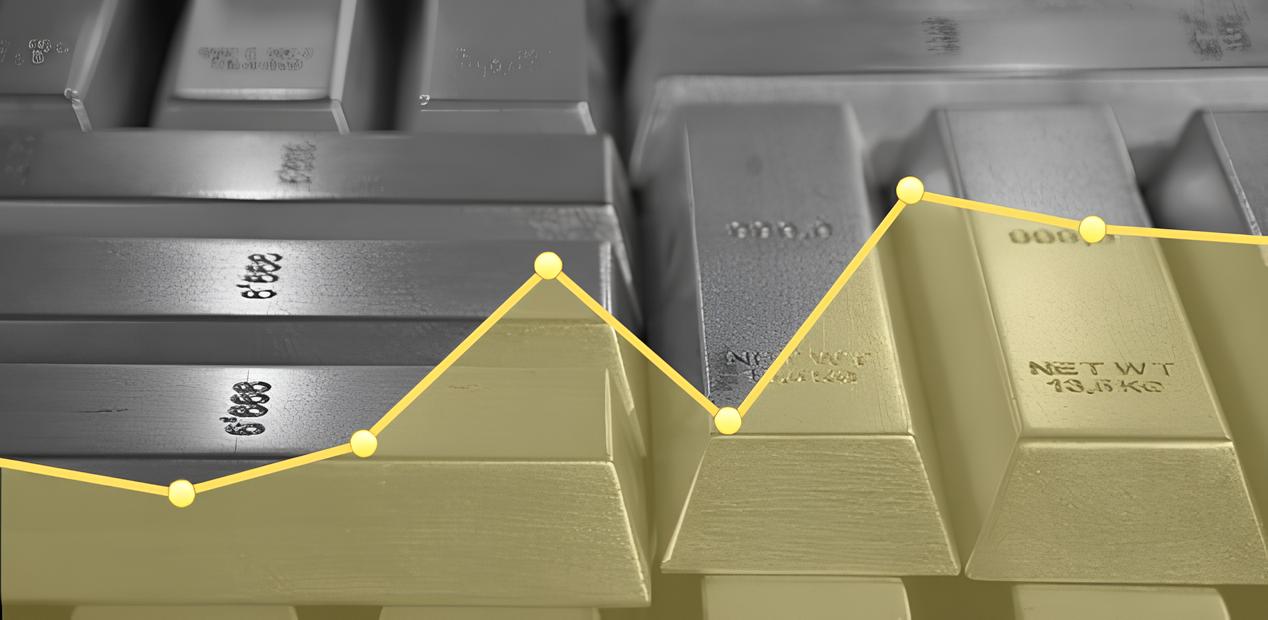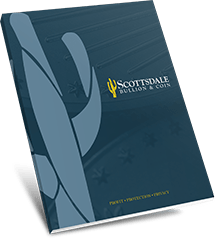
It is estimated that the average daily volume for gold transactions is somewhere just over $200 billion. Of that amount, more than 76 percent of all physical trades are on the London bullion market, a wholesale over-the-counter (OTC) market. The London OTC trades on exchanges such as COMEX, and traders are members of the London Bullion Market Association (LBMA), which is overseen by the Bank of England. Each trade is priced based on the current gold spot price. But what is the spot price? It is a value that is constantly evaluated online by traders and holders of gold, including investors who buy gold instruments, such as ETFs and gold coins.
What Is the Spot Price of Gold?
As important as the spot price is, many people lack a clear understanding of what it is and how it is used to determine the price of gold. In fact, many small firms who buy gold from individuals believe the spot price is the price of the last physical trade, or the current price of physical bullion.
This is not the case. The spot price of gold has two primary components. Each day, the LBMA sets a price, the “London fix,” based on the prices of trades in gold futures. Gold futures are contracts for the physical delivery of gold at some specified time in the future. As trading around the world moves from London to New York, the London fix price is adjusted to the trading in gold futures on COMEX, which is part of the New York Mercantile Exchange, and other exchanges. Since the vast majority of all trades are electronic and do not involve immediate physical delivery of gold, the future contract trades play the major role in determining the latest up-to-date and quoted gold spot price.
In technical terms, the spot price is effectively an average net present value of the estimated future price of gold, based on the traded futures contracts and the nearest month, called the front month.
If you set out to buy gold coins or bullion for your portfolio, you are actually buying against a spot price calculated on an electronic/paper market independent of current physical supply. Likewise, the price of gold at which you sell gold coins or bullion is based on the same calculation of a current gold spot price.

Everything you need to know to get started in Precious Metals
Learn how precious metals can strengthen your portfolio, protect your assets and leverage inflation.
Request the Free GuideHistory of Gold Spot Price
There is a solid historical reason why the bulk of the world’s physical trading of bullion is handled out of London. In 1933, President Roosevelt declared that it was no longer legal for Americans to privately own gold. Called the great Gold Confiscation, citizens were required to turn in all their gold currency and bullion for paper dollars. That meant most of the trading in physical gold moved from the U.S. to London. When the laws were changed back in the 1970s so that Americans could again buy gold and hold it, the gold market was simply too entrenched in the LBMA.
When investing in gold coins, you are buying a physical item with a gold price that is affected by the futures markets outside of normal supply and demand issues. This is because those future contracts can be settled with a payment of cash rather than physical quantities of gold. Another way of saying this is that when you buy gold coins at the current gold spot price, you are paying a price that actually represents that expectation of future value, rather than the actual momentary price of a physical trade. While that may not seem to be a major factor, it is important to understand that the price of gold will fluctuate more on the expectation of future prices than on current supply and demand.
Spot Price Vs. Long-Term Investing
When you understand that the price of gold changes by the second on an ordinary trading day, you can see there are opportunities to profit or lose money, as with any security or commodity. Active traders and speculators in gold will buy and sell contracts throughout a trading cycle, sometimes representing thousands of ounces of gold. The market swings can be substantial, with proportionate opportunities for profits and losses. In these cases, even small news events or other factors can change the current gold spot price dramatically.
However, if you are actually investing in gold coins or bullion, your interest will be focused on the intermediate and long-term gold price factors. For example, the increasing industrial demand for gold indicates a greater future demand for gold. When this is married to the increasing cost per ounce of finding, recovering and refining gold, you can see the upward pressure this produces. These are called fundamental effects on the price of gold, and there are a number worth your time to study.
What all this means is that in a bit of market alchemy, the spot price is actually a mix of both these long-term and short-term factors and influences. Traders and speculators in futures are attempting to use their best knowledge, instincts, and experience to calculate that future price and buy futures contracts accordingly. When these transactions are combined, you have the current gold spot price.
Learning how to buy gold requires an understanding of these factors and how they affect the gold price. At the same time, you will rest a little easier when investing in gold coins and gold bullion if you understand the overriding importance of long-term price trends, and why there is seldom any need to worry about short-term market swings. In fact, dips in the current price may actually be a reason to buy more gold if you believe the long-term trends remain bullish.
